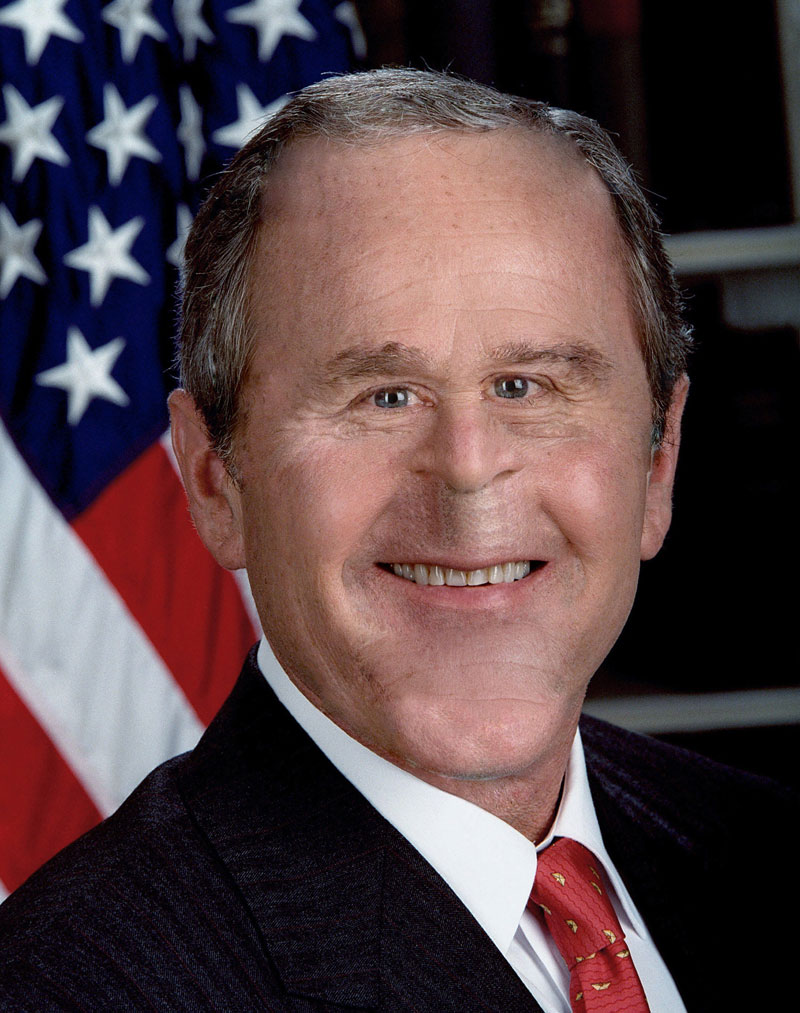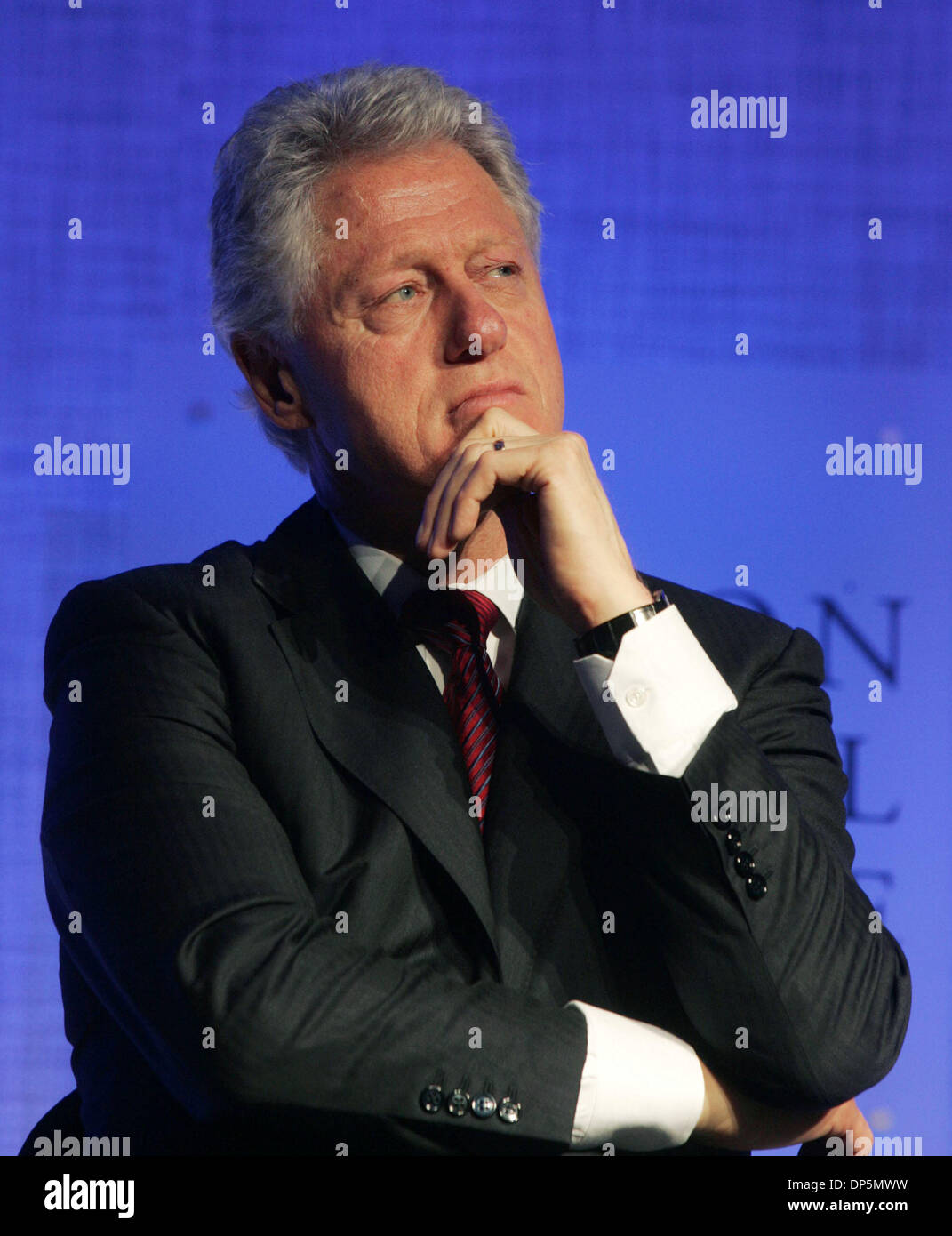Who Was President In 2006? Understanding The Leadership Of The Year
In 2006, the United States was under the presidency of George W. Bush, who was serving his second term in office. This period was marked by significant events both domestically and internationally, greatly influencing the political landscape of the time. Understanding who was president in 2006 provides insight into the policies and decisions that shaped that year, reflecting the broader context of American history.
The presidency of George W. Bush, which lasted from January 20, 2001, to January 20, 2009, was characterized by a response to the September 11 attacks, the wars in Afghanistan and Iraq, and various domestic and foreign policy challenges. This article will explore Bush's presidency during 2006, highlighting key events and decisions that defined his leadership.
Furthermore, this investigation into who was president in 2006 will also touch upon the political climate of the time, the challenges faced by the administration, and the impact of these events on American society and the world. As we delve deeper into the topic, we will consider various aspects of Bush’s presidency, providing a comprehensive analysis of his leadership during that pivotal year.
Table of Contents
- Biography of George W. Bush
- George W. Bush's Presidency
- Key Events in 2006
- Domestic Policy Changes
- Foreign Policy Initiatives
- Challenges Faced in 2006
- Public Perception of Bush in 2006
- Conclusion
Biography of George W. Bush
George Walker Bush was born on July 6, 1946, in New Haven, Connecticut. He is the son of former President George H.W. Bush and Barbara Bush. Before entering politics, Bush earned a degree from Yale University and an MBA from Harvard Business School. He served as the Governor of Texas from 1995 to 2000 before being elected as the 43rd President of the United States.
| Fact | Details |
|---|---|
| Name | George W. Bush |
| Date of Birth | July 6, 1946 |
| Presidency | January 20, 2001 - January 20, 2009 |
| Political Party | Republican |
George W. Bush's Presidency
George W. Bush's presidency is often discussed in the context of significant events such as the September 11 attacks in 2001, which shaped much of his administration's policies. His leadership style was characterized by decisiveness and a strong commitment to his principles, which often led to polarized opinions among the public and political analysts.
Leadership Style
Bush was known for his straightforward communication style, often described as "folksy." He emphasized traditional values and was seen as a leader who prioritized national security and economic growth. His presidency saw the implementation of various policies aimed at combating terrorism and promoting democracy abroad.
- Keith Bynum Wikipedia Exploring His Life And Legacy
- Victor Wembanyamas Unbelievable 82 Wingspan A Basketball Anomaly
Second Term Challenges
By 2006, Bush's approval ratings had begun to decline, largely due to the ongoing Iraq War and domestic issues such as Hurricane Katrina. The challenges in his second term were marked by increasing scrutiny from both political opponents and the media.
Key Events in 2006
In 2006, several significant events occurred that had a profound impact on both domestic and international fronts. Notable among these were:
- The escalation of the Iraq War, with debates around troop levels and strategies.
- The Democrats gaining control of Congress in the midterm elections.
- President Bush's efforts to promote his immigration reform agenda.
- Natural disasters, including hurricanes and their aftermath, which tested the federal government's response capabilities.
Domestic Policy Changes
During 2006, Bush's administration focused on several key domestic policy initiatives. These included attempts to reform immigration laws and address healthcare issues, although these efforts faced significant opposition and challenges.
Immigration Reform Efforts
Bush advocated for comprehensive immigration reform, aiming to secure the borders and provide pathways to citizenship for undocumented immigrants. However, these proposals often faced resistance from both conservatives and liberals, leading to stalled legislative efforts.
Healthcare Policy
Healthcare was another critical area of focus, particularly in the context of rising costs and access to care. The administration aimed to promote health savings accounts and private market solutions, but substantial reforms were limited during this period.
Foreign Policy Initiatives
Bush's foreign policy in 2006 was heavily influenced by the ongoing conflicts in Iraq and Afghanistan. The administration sought to bolster international coalitions and address the challenges posed by terrorism and rogue states.
Iraq War Strategies
The situation in Iraq remained precarious, with increasing violence and sectarian conflict. In response, Bush announced plans for a surge of additional troops in early 2007, although the strategy was still being debated in 2006.
Relations with Other Nations
Bush's administration also focused on relations with countries like Iran and North Korea, emphasizing the need for diplomatic solutions alongside military readiness. This period marked a critical phase in shaping U.S. foreign policy for years to come.
Challenges Faced in 2006
Bush faced numerous challenges during 2006, both at home and abroad. The ongoing war in Iraq, public discontent, and the fallout from Hurricane Katrina created a complex political landscape.
Public Discontent
Public approval ratings for Bush fell to some of the lowest levels of his presidency, largely due to dissatisfaction with the Iraq War and perceptions of government ineffectiveness in responding to natural disasters.
Political Landscape Changes
The midterm elections in November 2006 resulted in a significant shift in Congress, with the Democratic Party gaining control. This shift posed new challenges for Bush's agenda, leading to increased opposition to his policies.
Public Perception of Bush in 2006
By the end of 2006, public perception of President Bush had shifted dramatically. His approval ratings were at an all-time low, reflecting widespread dissatisfaction with his handling of key issues such as the Iraq War and domestic policies.
Media Coverage
The media played a crucial role in shaping public perception, with increased scrutiny of the administration's actions and decisions. This coverage highlighted the growing divide between the administration's promises and the realities faced by American citizens.
Voter Sentiment
Voter sentiment heading into the 2008 presidential election was characterized by a desire for change, setting the stage for a competitive political environment in the following years.
Conclusion
In summary, George W. Bush was the President of the United States in 2006, a year marked by significant challenges and pivotal events. From the Iraq War to domestic policy struggles, Bush's leadership faced considerable scrutiny and opposition.
The political landscape of 2006 set the stage for future elections and policy debates, highlighting the complexities of governance during tumultuous times. As we reflect on this period, it is crucial to understand the implications of leadership decisions and their lasting effects on American society.
We invite you to share your thoughts on this topic or any related questions in the comments section below. If you found this article informative, consider sharing it with others or exploring more articles on our site for further insights.
- The Latest Breaking News About Kendrick Lamar
- Dave Grohl And Wife Jordyn Blum Welcome Baby Girl Ophelia Saint Grohl

PHOTOS & VIDEO W. BUSH DEFORMED MONSTER XarJ Blog and Podcast

Death of a President (2006) IMDb

Sep 20, 2006; New York, NY, USA; 42nd President of the United States